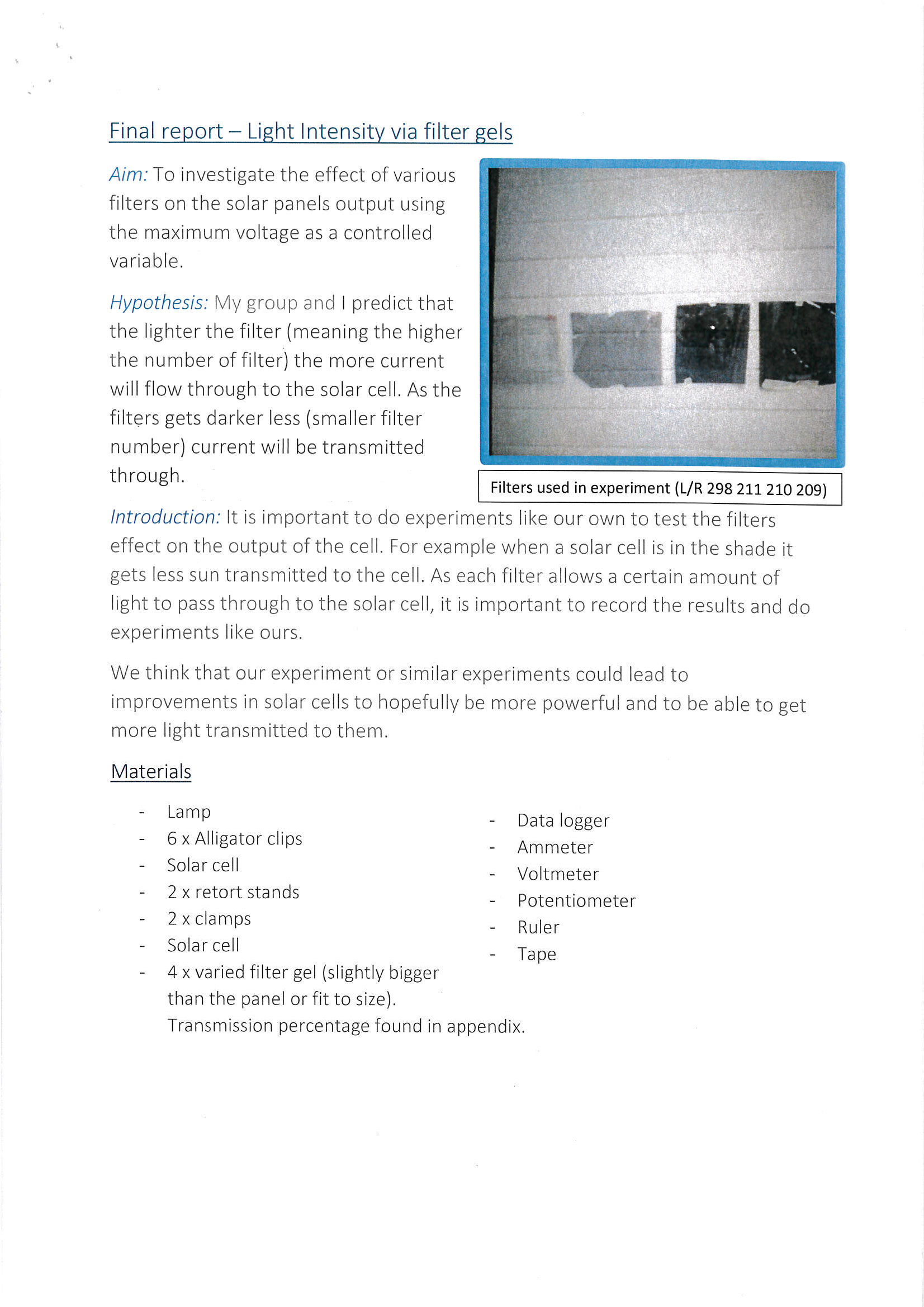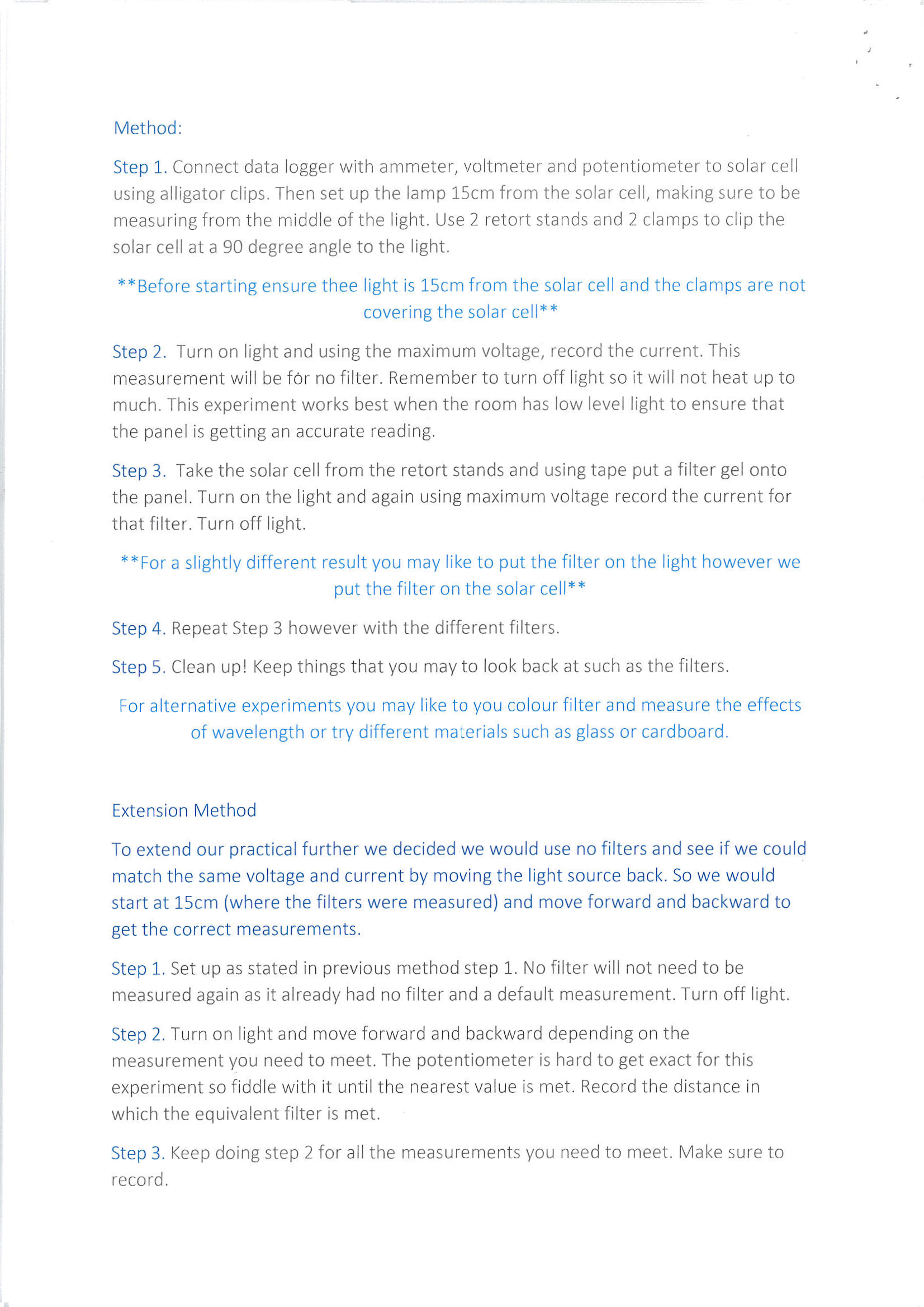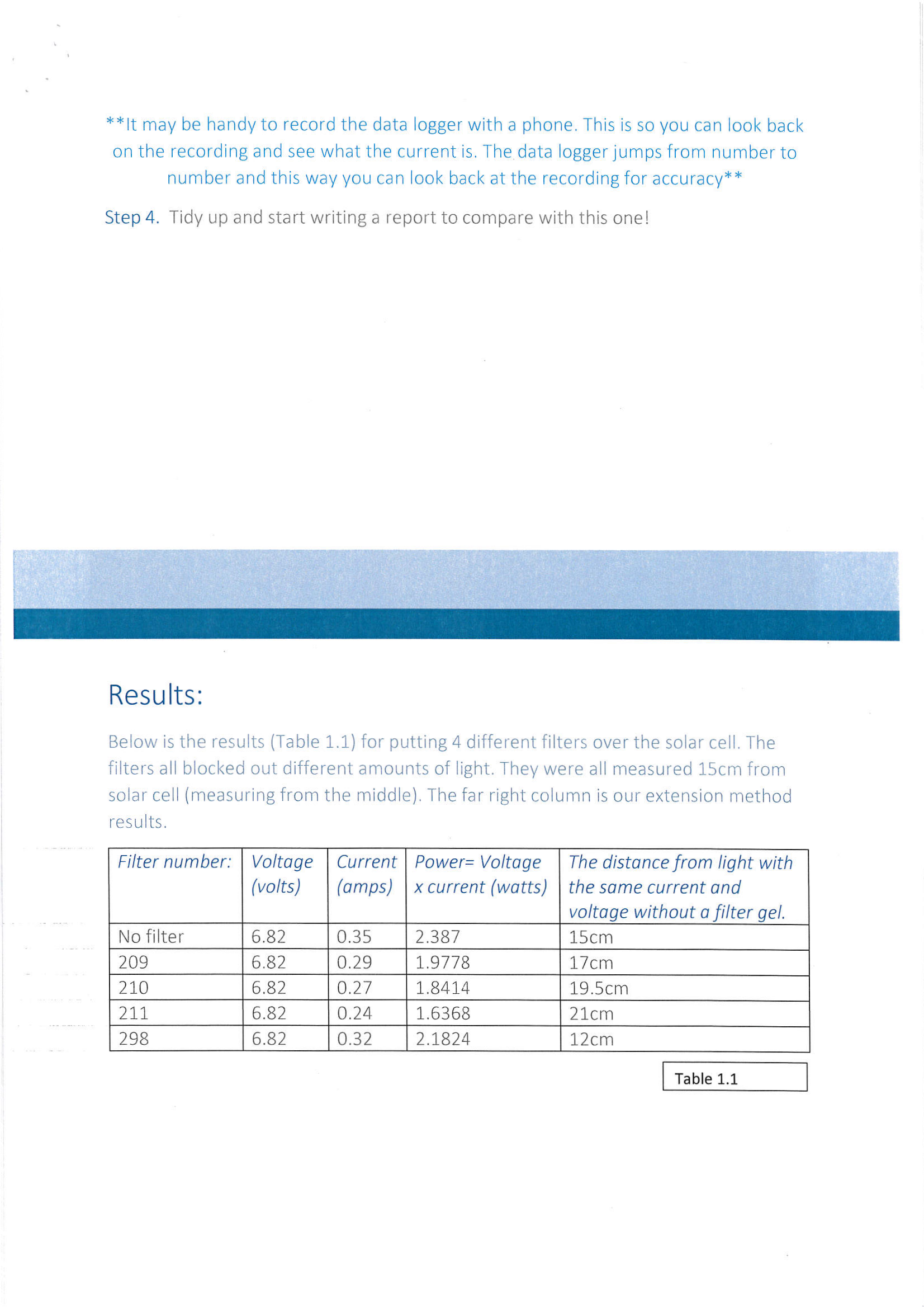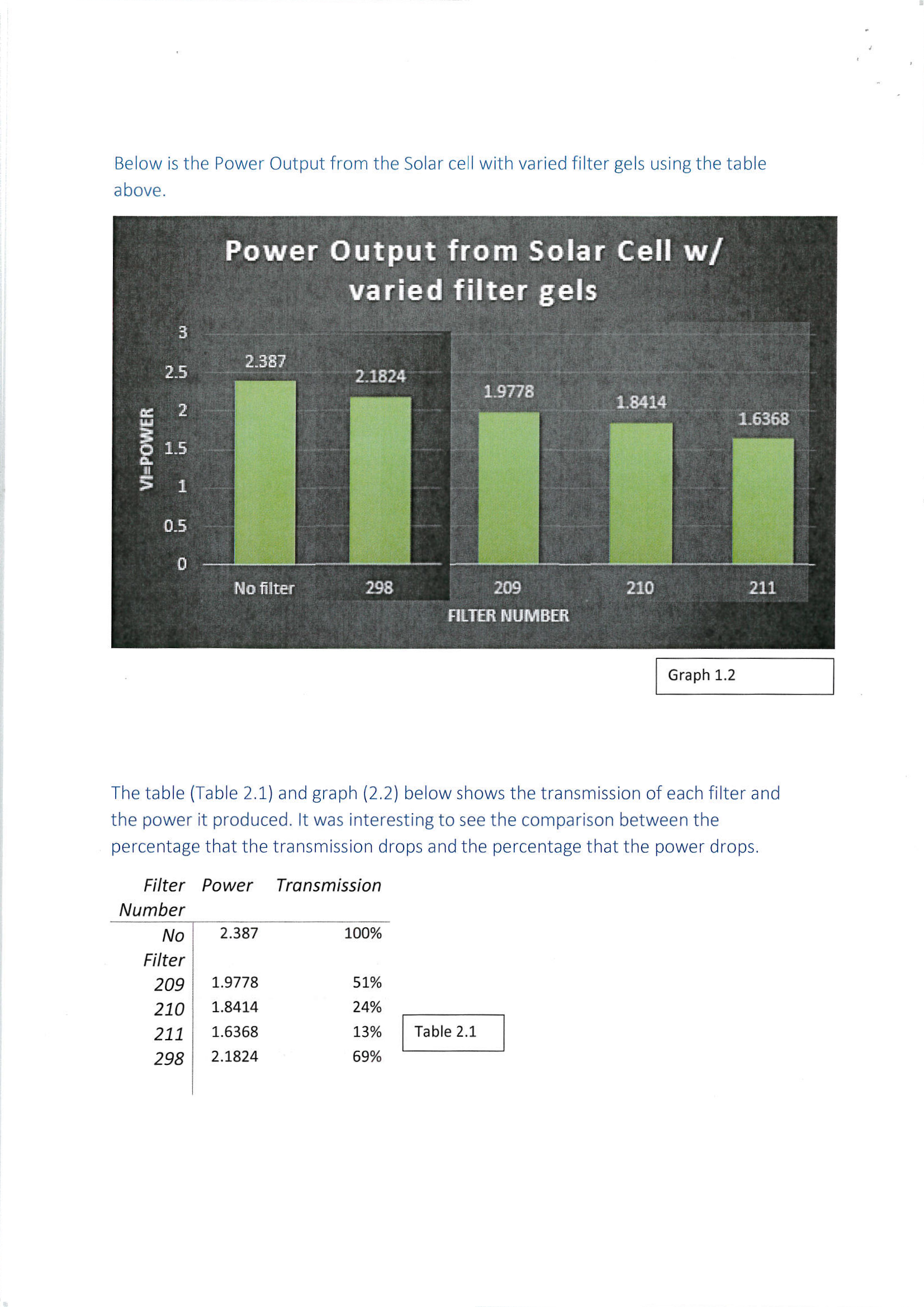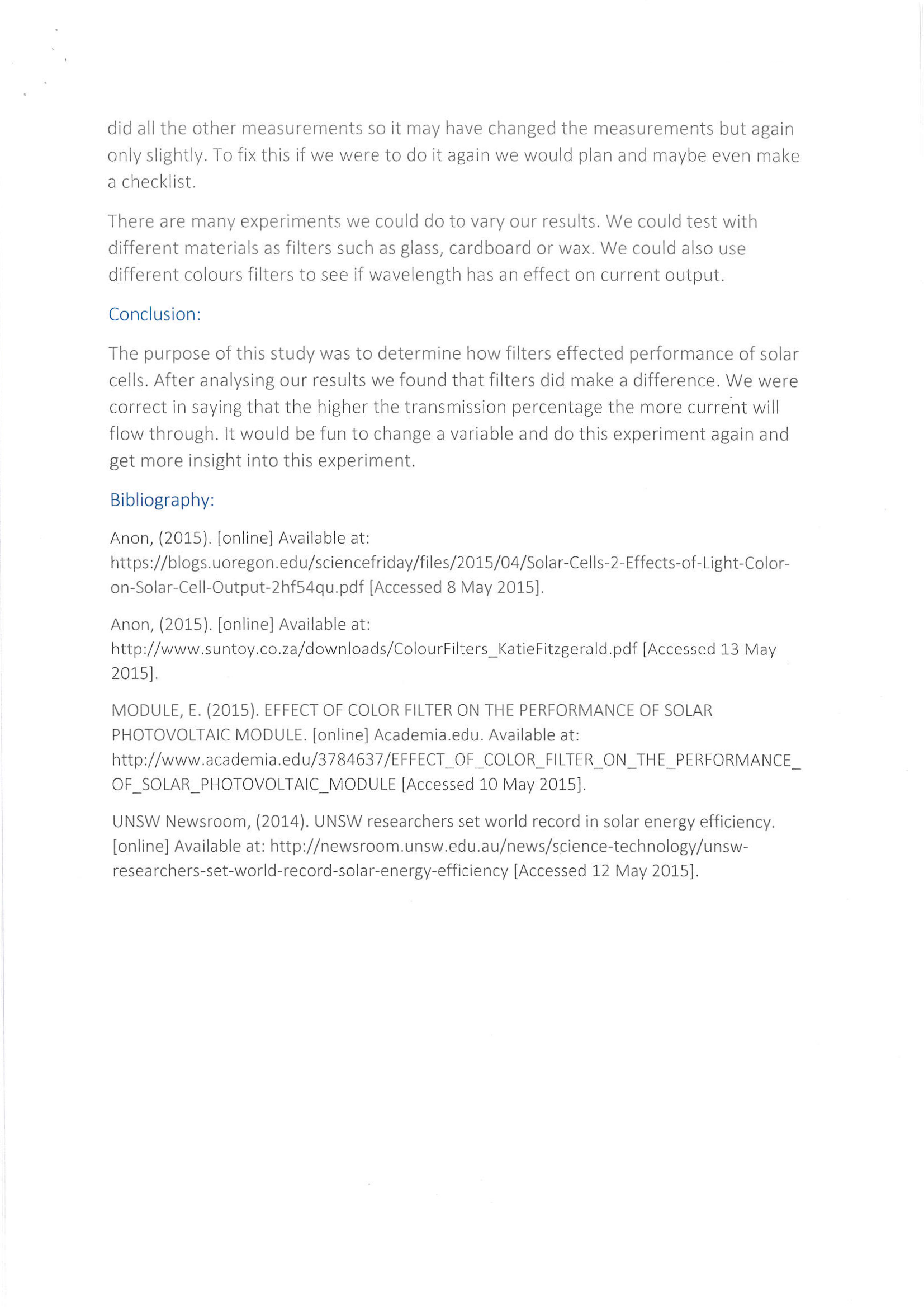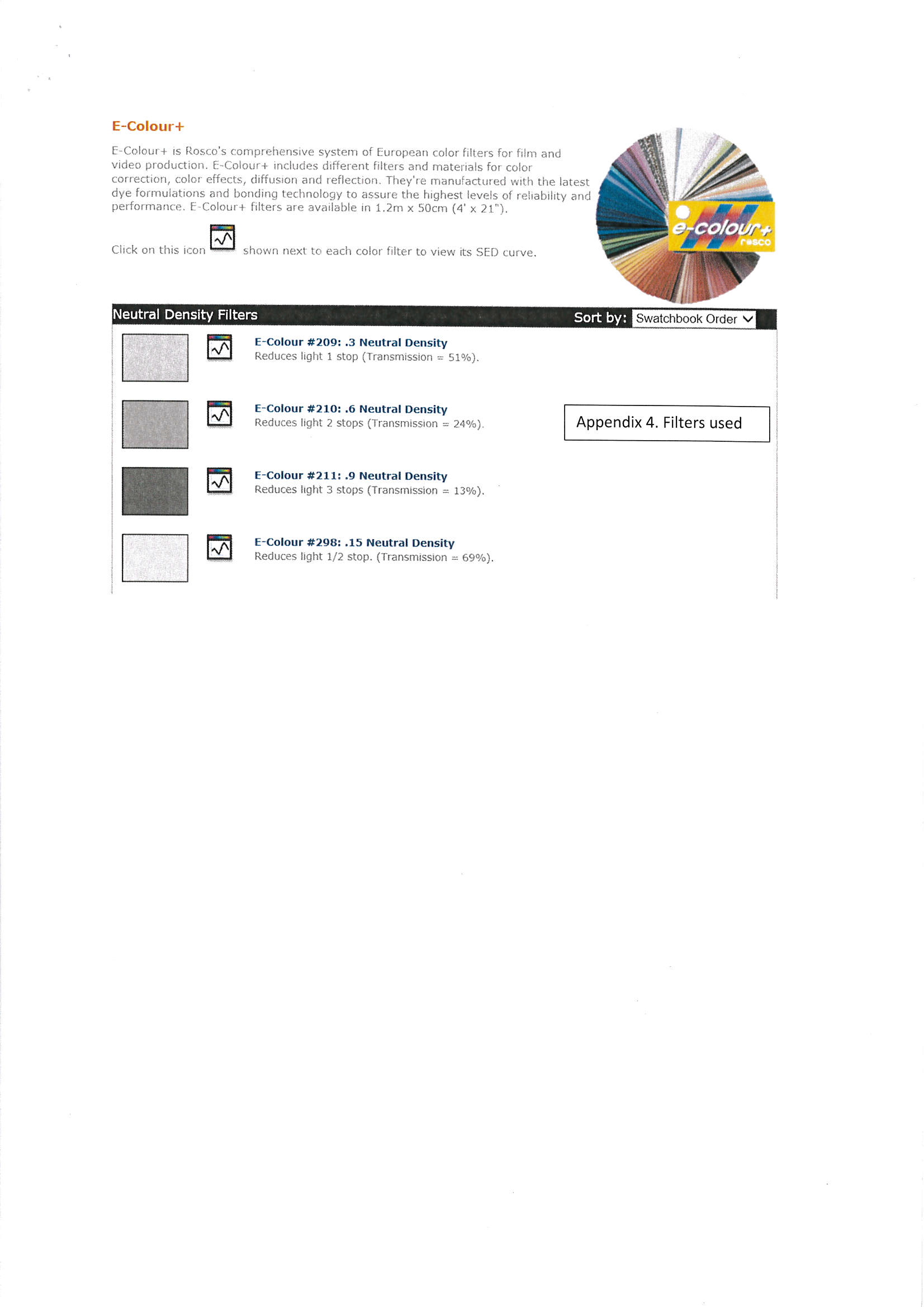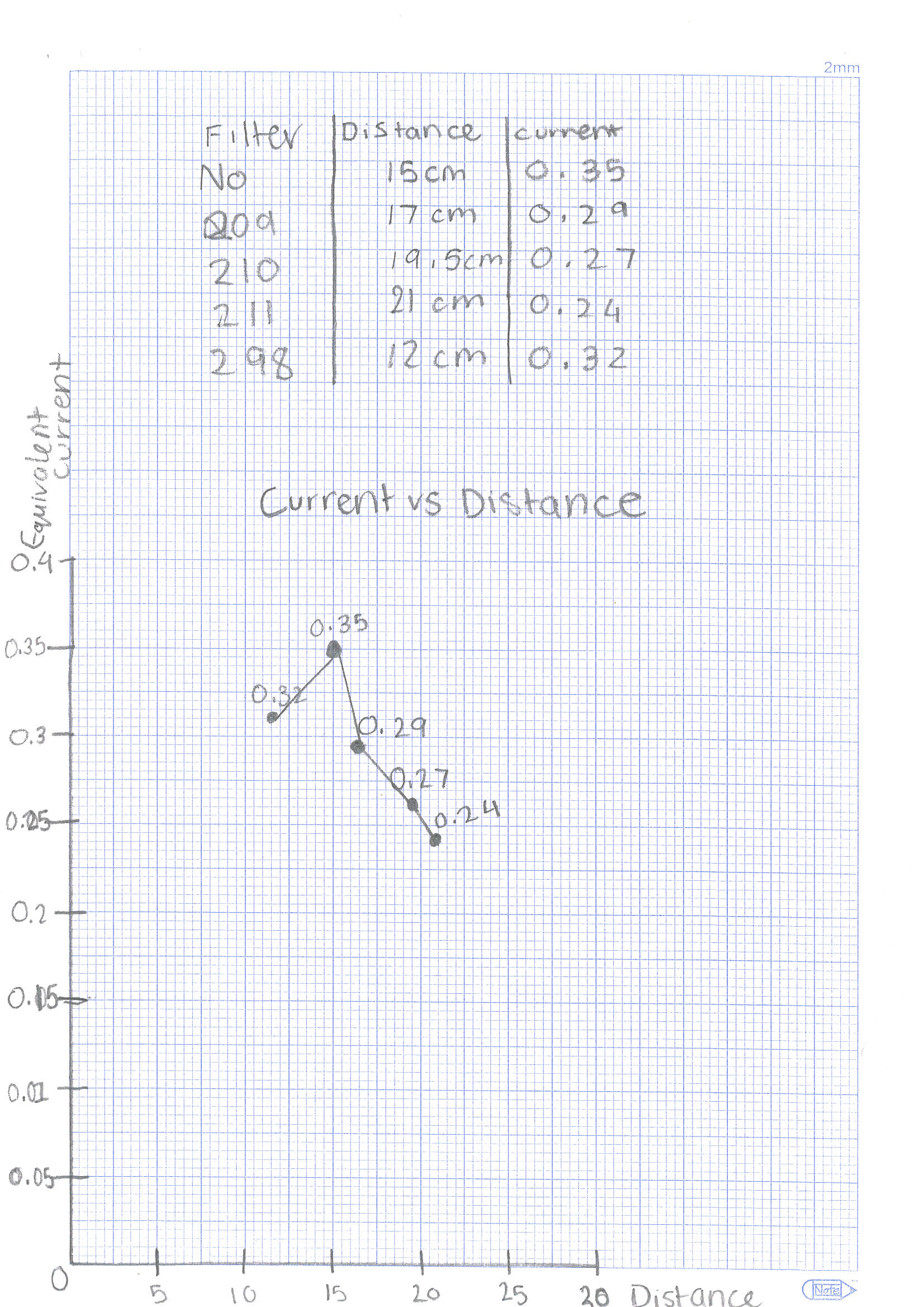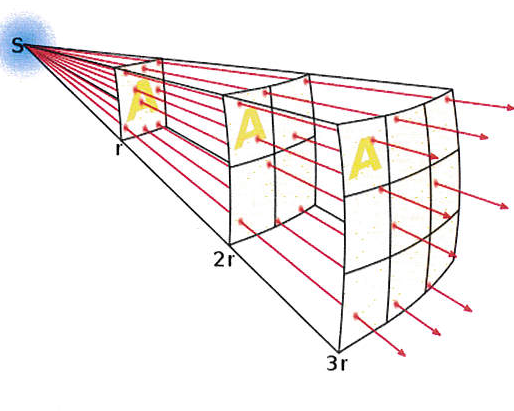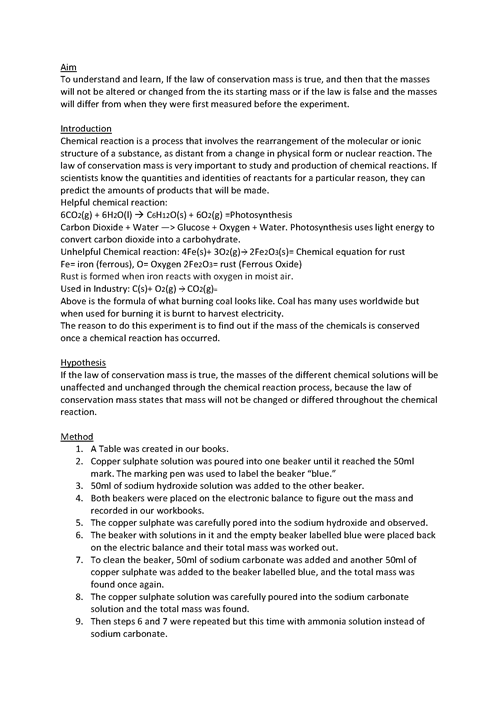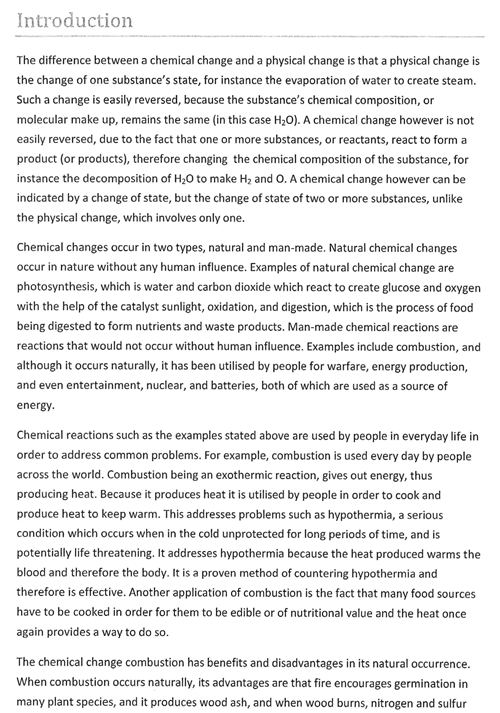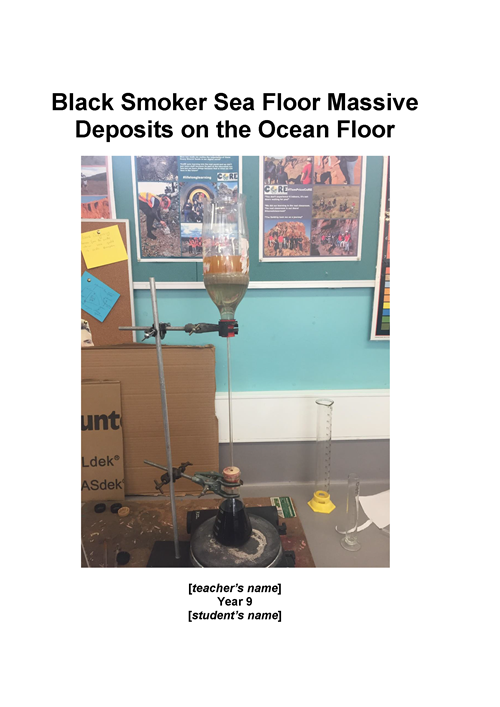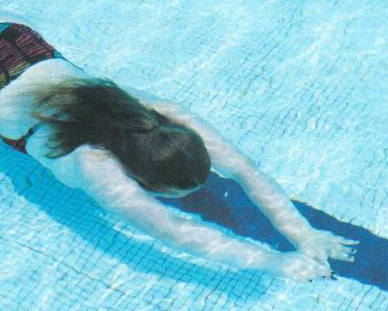Solar panels
Summary of task
This task was the final assessment task of a five-week teaching and learning unit on solar energy. During the unit, students learnt about scientific concepts related to atomic structure and electricity that allowed them to understand how a solar panel works. They had completed introductory practicals that taught them how to set up a solar panel circuit, use dataloggers to collect electric current and voltage data, and run an experiment to determine a characteristic voltage/current curve for the solar panel (a standard testing method in the solar industry). Students had previously completed a mathematics trigonometry assignment and they applied this knowledge to the tilt angle of the solar panels.
In this task, students were asked to design and perform experiments to investigate the relationship between light intensity and solar panel performance and to submit a scientific report on the investigation. Students performed an initial guided experiment investigating the effect of the tilt angle on solar cell output. Students were then asked to choose two further variables that affect the intensity of incident light and design two experiments to analyse their effects on the power output of the solar cells. The teacher provided help with experimental design and setup. The experimental work was completed in groups, but students wrote their reports individually.
